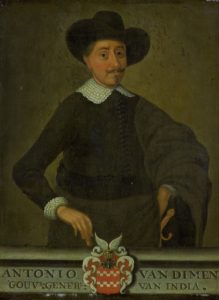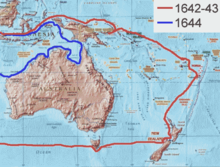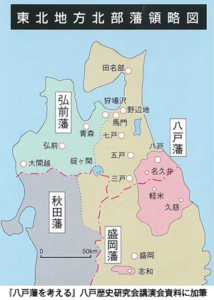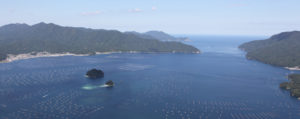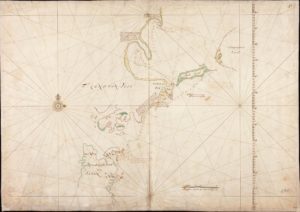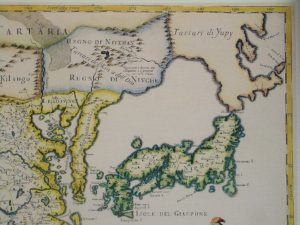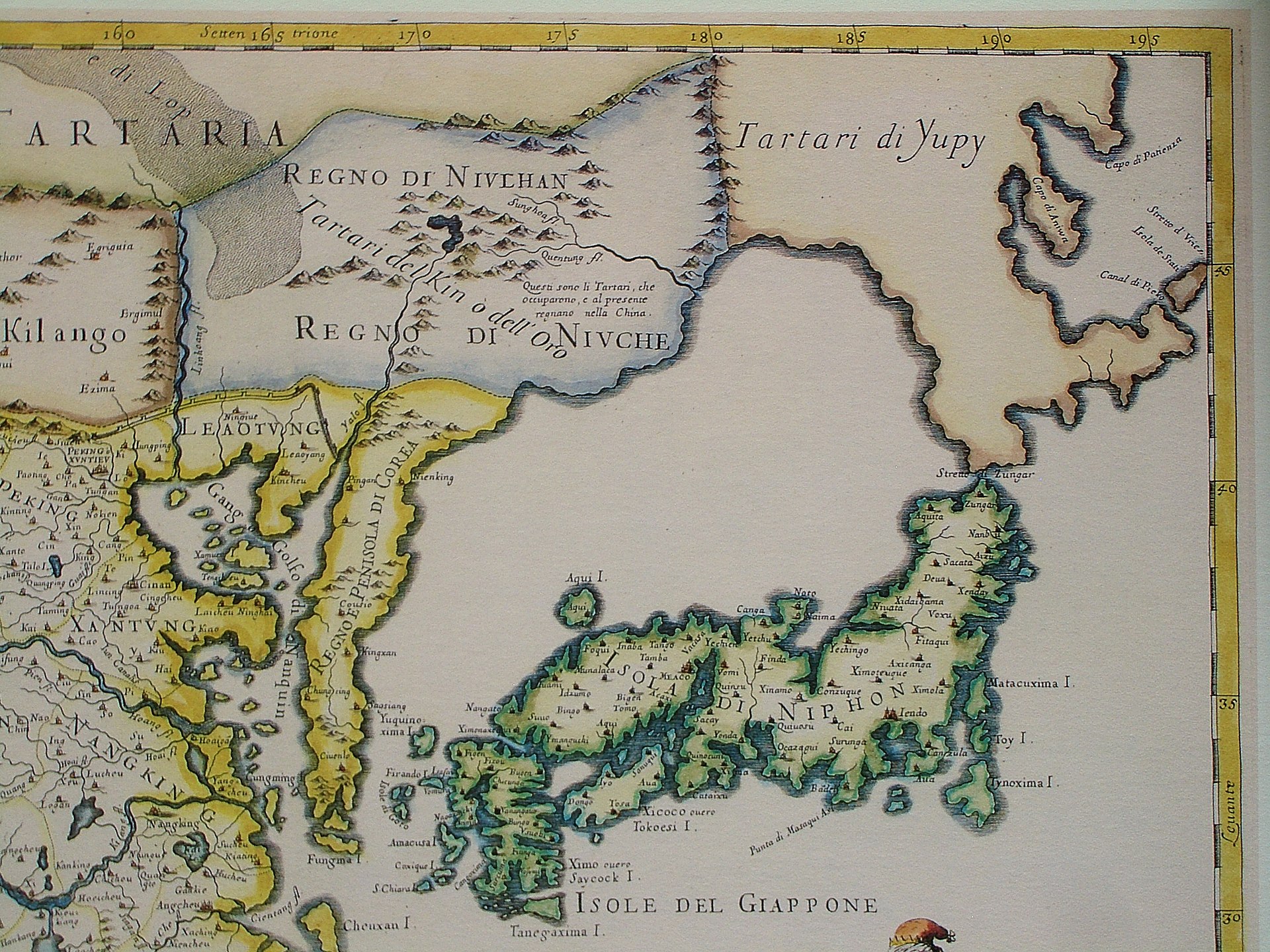This week, we’re taking a look at the foreign policy of Edo Japan by starting a deep dive into a complex case study: the tale of the 10 prisoners of Nanbu domain!
Sources
Hesselink, Reiner. Prisoners from Nambu: Reality and Make-Believe in 17th-Century Japanese Diplomacy.
Matsukata, Fuyuko. The Dutch and English East India Companies: Diplomacy, Trade, adn Violence in Early Modern Asia.
Images
